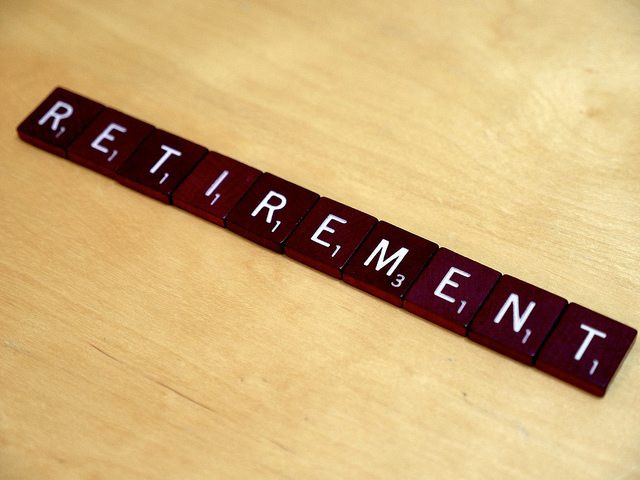Reanalyze Your Investment Plans with Possible Recession on the Horizon

There aren’t many positives with a possible upcoming recession, but one of them is that people tend to focus more on getting a handle on managing their finances. When the market is good, and money is coming in, it tends to be a bit difficult to get people to save during these times of opportunity. However, when warning bells are ringing of problems with the economy and the market is wildly unpredictable, people start to get concerned. Fear is a great motivator to learn the necessary things.
One important investing strategy people should know about or revisit in regards to retirement, or college savings is to take advantage of “maxing out” their workplace investment plans.
For a 401(k), the term “maxing out” can mean two things.
Those that say they have maxed out their 401(k) plan may mean that they have reached the yearly IRS limit for pre-tax contributions. $19,000 is the max amount that employees can add to their 401(k), 403(b), a majority of 457 plans, and the Thrift Savings Plan that the federal government provides. With what is called a “catch up” provision, employees that are age 50 or older that have an employer-sponsored retirement account can contribute an extra $6000 for a total of $25,000 a year!
Unfortunately, most workers are not taking advantage of maxing out. Only 9.1 percent of employees enrolled in work plans through Fidelity Investments are reaching the maximum annual contribution limit in 2018, which was $18,500 at the time. For catch-up contributions, only 12.7 percent enrolled, but 60% of those that contributed reached the total $6,000 that is allowed.
I hope you have heard this time and time again: “Take advantage of contributing the maximum company match because it’s free money.” For those that can follow this advice because your future self will thank you later with the extra money to cushion your retirement.
When “maxing out,” some people may say that to mean that they are contributing the necessary amount of money to receive a full match that is offered by employers. According to Fidelity Investments, the average company match is around 4.7 percent during the second quarter of 2019. Most companies that have 401(k)s with Fidelity tend to match like this: 100% match up to the first 3% the employee puts in, and then a 50% match for the following 2% that is added by the employee.
Fidelity recommends: For retirement, set a goal to save a minimum of 15% of your pretax-tax income every year, which may be easier to reach with the match provided by your employer. Also, the earlier you begin saving, the lower your annual savings rate can be.
Another plan to “max out” on would be a 529 plan, a college-savings plan with after-tax contributions. However, earnings can avoid federal and state tax if they are used on qualified education expenses such as fees, books, room and board, and tuition.
Some people may be worried about having to pay a federal gift tax and over contributing to a 529 plan, which can have families pay a 10% penalty fee if the funds are not used for the qualified education expenses. But the annual max out is $15,000, which is a very high amount for a lot of people.
Another way that people might mean when saying that they are maxing out their 529 is that they are saving enough money each year that was calculated to figure out how much they need to save each year so that college expenses are covered in the future.
It may be a lot of stress to be able to save for your retirement and a college fund for your child. To avoid much stress and pressure, don’t compare yourself to what others are contributing. Focus on what you can contribute as much as you can and save only what you can afford. Some things may be sacrificed like working a few years more than initially planned or having your child attend a local college, but there isn’t anything wrong with that.
Plan smartly with what you can contribute, and your family will thank you in the future.







